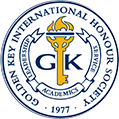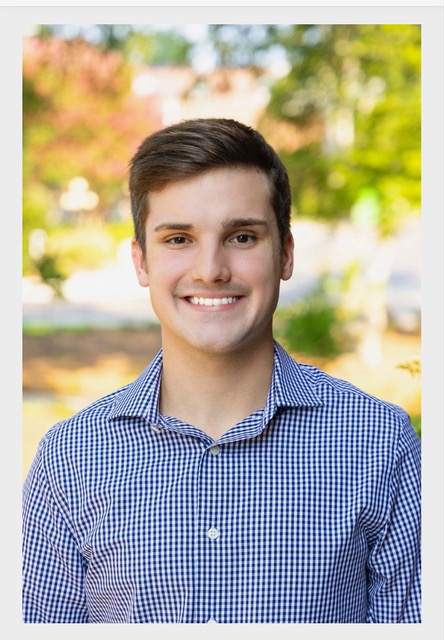Golden Key Scholar Profile: Patrick McCauley

Patrick McCauley is one of the winners of Golden Key’s 2016 Graduate Scholar Award (US$10,000). He graduated from James Madison University in 2010 with a bachelor’s degree in physics and is now studying solar storms as a PhD student at the University of Sydney. Before moving to Sydney in 2016, Patrick worked as a junior researcher for the U.S. National Radio Astronomy Observatory and the Harvard-Smithsonian Center for Astrophysics. He has (co)authored 13 articles in the world’s leading astrophysics journals, presented at a number of international conferences, and served as one of the chief observers for the X-Ray Telescope onboard the Japanese Hinode satellite. In addition to research, Patrick is passionate about public outreach. He currently works as an astronomy educator at the Sydney Observatory, where he will use the Golden Key award to develop a new exhibit on the Sun. We caught up with Patrick to ask him a few questions about his history and what the award means to him.
What does winning the Graduate Scholar Award mean to you?

Institute of Space and Astronautical Science in Japan.
What inspired you to go into astrophysics?
I was inspired largely by reading Stephen Hawking’s A Brief History of Time in high school, which had me sold after explaining how time travel is theoretically possible. I’ve since found that I love working with observational data of all types. I started working on the Sun in 2011 when I got a job at the Smithsonian, and I’m continually amazed at how beautiful our star is. There’s so much going on there and so much we don’t know about why.
Why did you choose to come to Australia for your PhD?
I’ve been fortunate to meet and collaborate with scientists from all over the world, and their influence inspired me to go abroad for graduate school. I thought it would be exciting both personally and professionally, and I focused on Australia because it has always been a leader in radio astronomy. I was interested in combining my newfound love of the Sun with my prior experience in radio astronomy, and I had heard of a new instrument called the Murchison Widefield Array in Western Australia that might allow me to do just that. I’m working now on analyzing MWA observations of solar radio bursts in combination with ultraviolet and X-ray data from instruments like the Solar Dynamics Observatory.
Is there anything else you’d like to say?
I would appreciate the opportunity to acknowledge the wonderful supervisors whose support I am so grateful for: Harold Butner and William Alexander at James Madison University, Jeff Mangum at the National Radio Astronomy Observatory, Kathy Reeves and all of the SSXG members at the Harvard-Smithsonian Center for Astrophysics, and now Iver Cairns at the University of Sydney. And of course, my partner Julie, who I’m privileged to share my time with.




You must be logged in to post a comment.